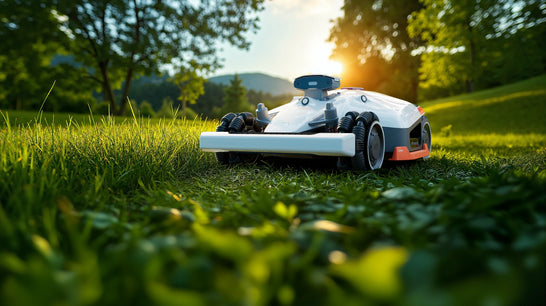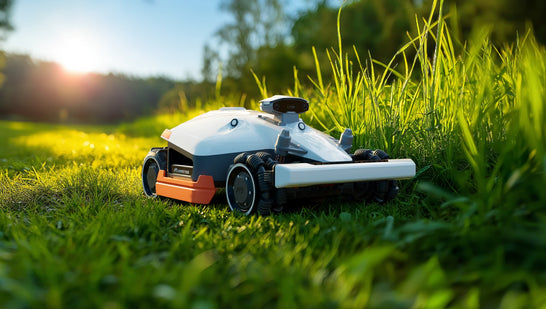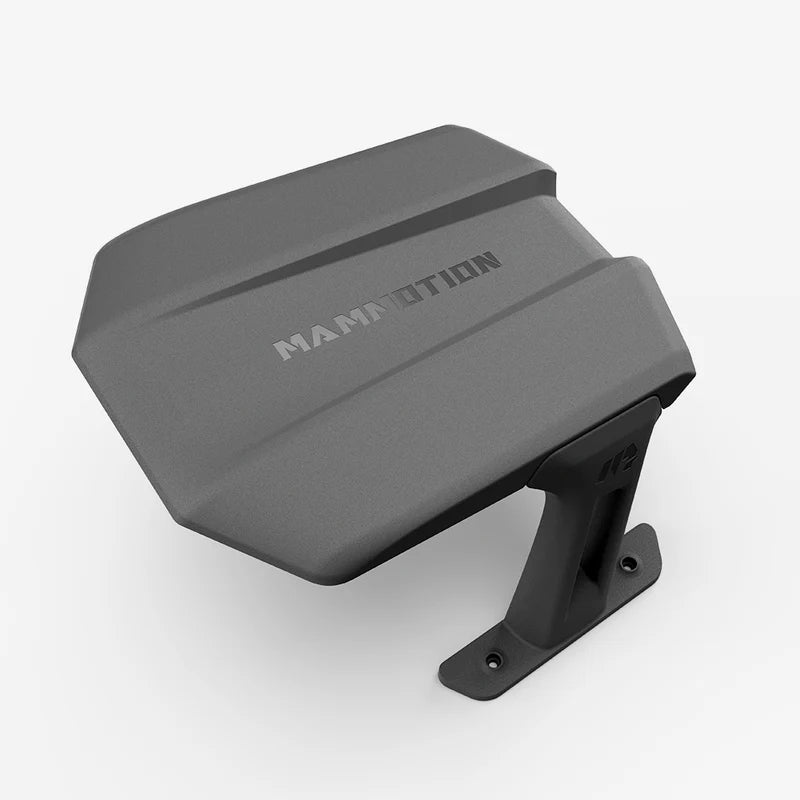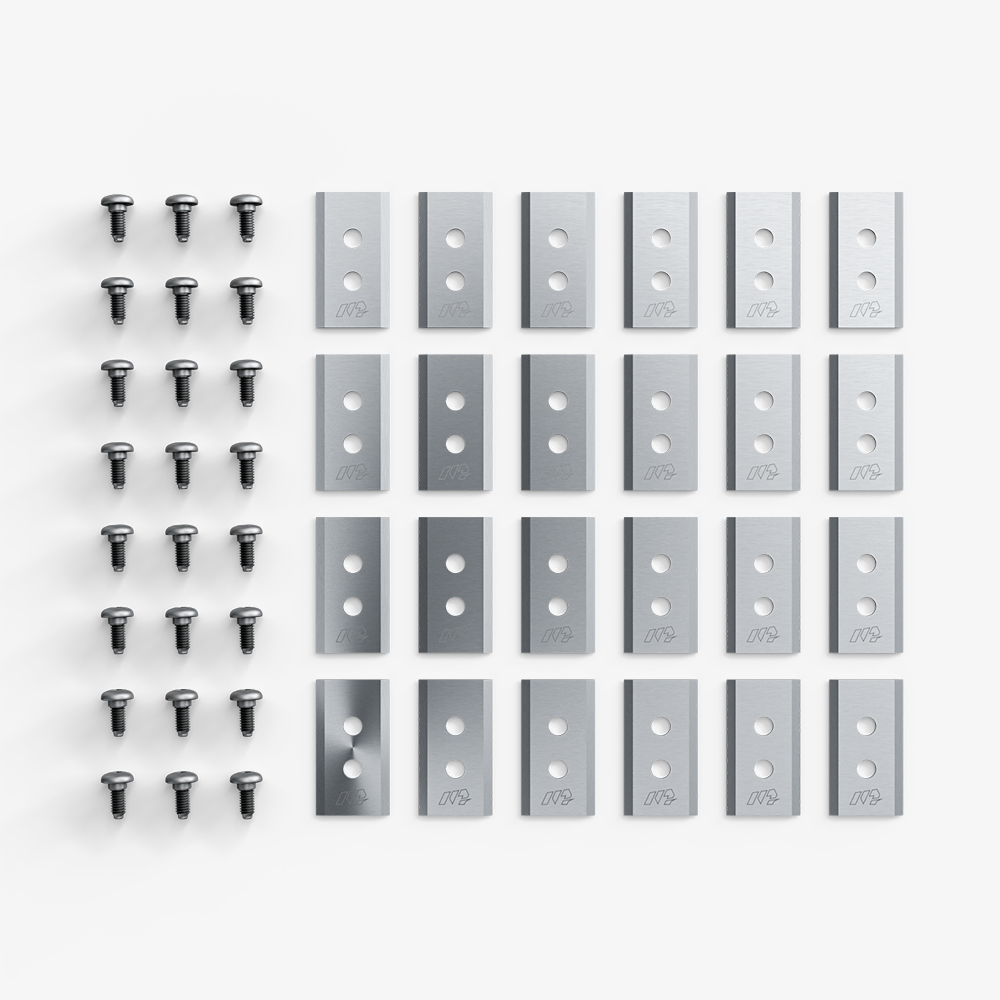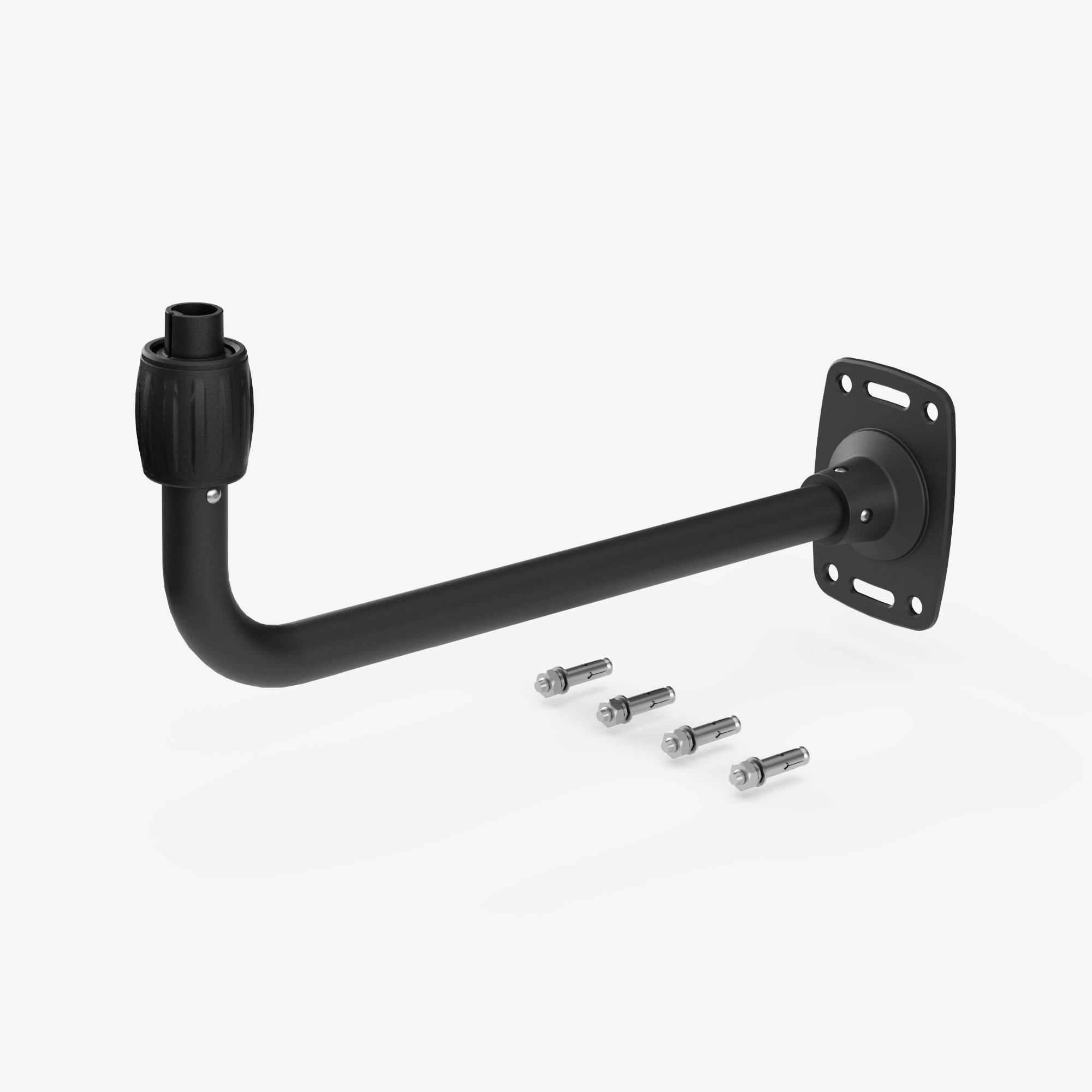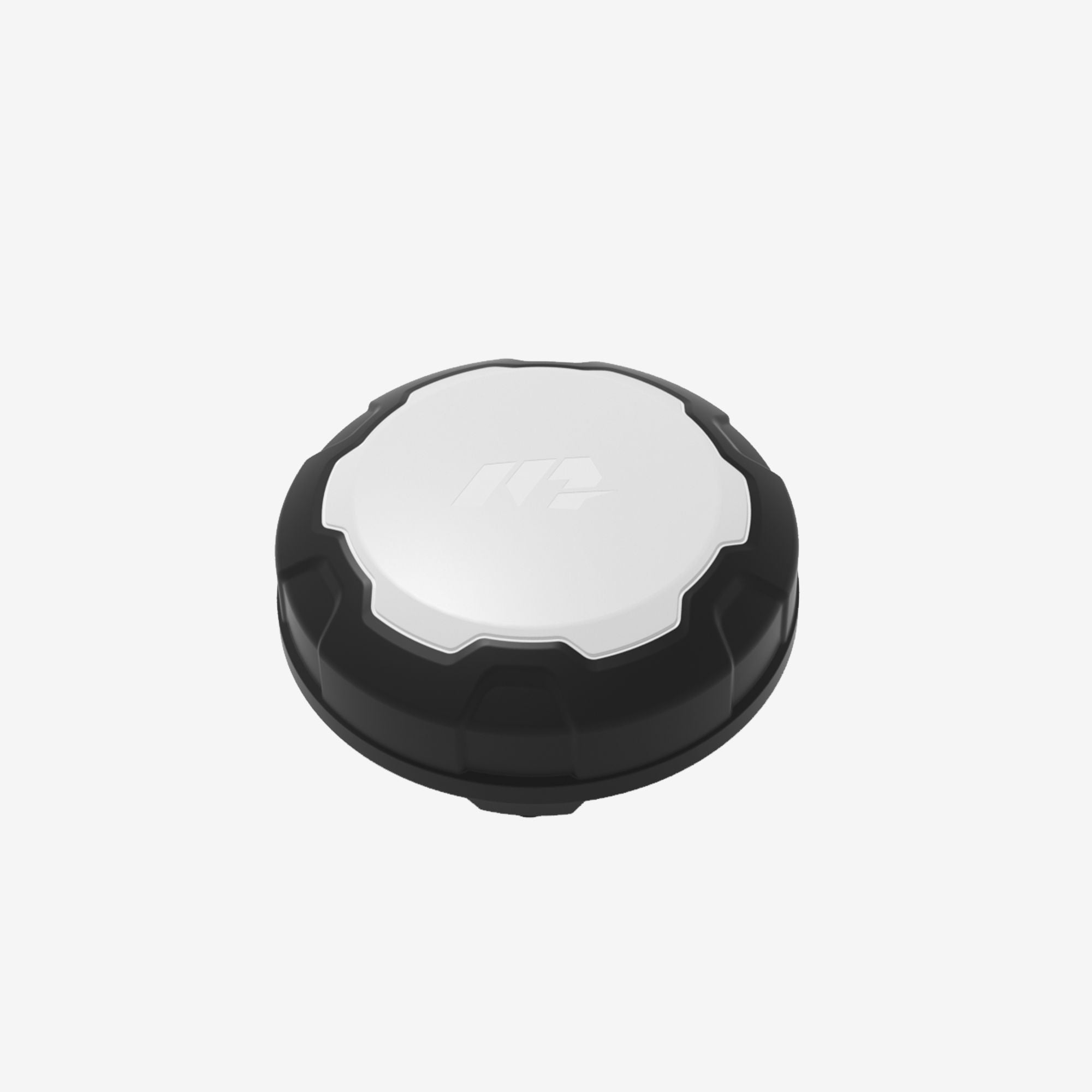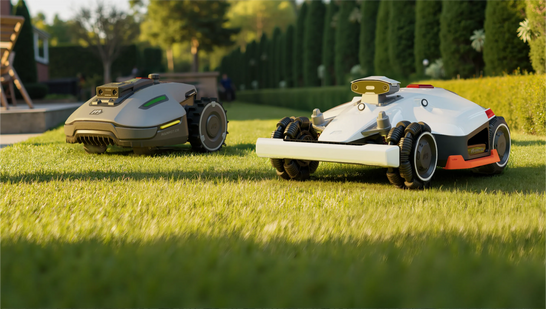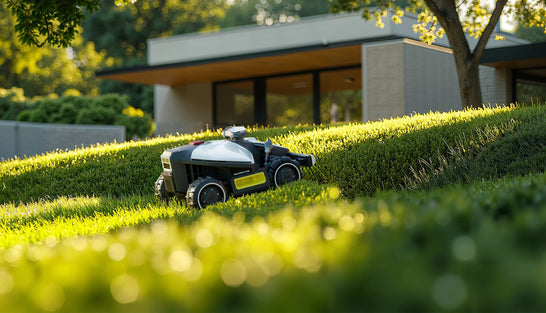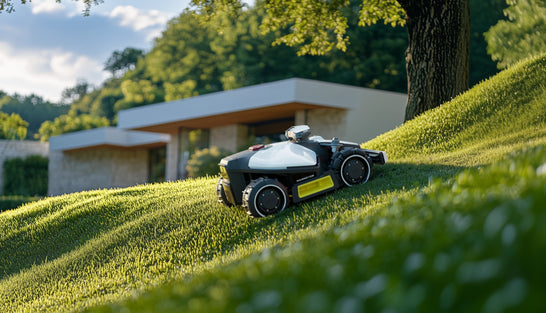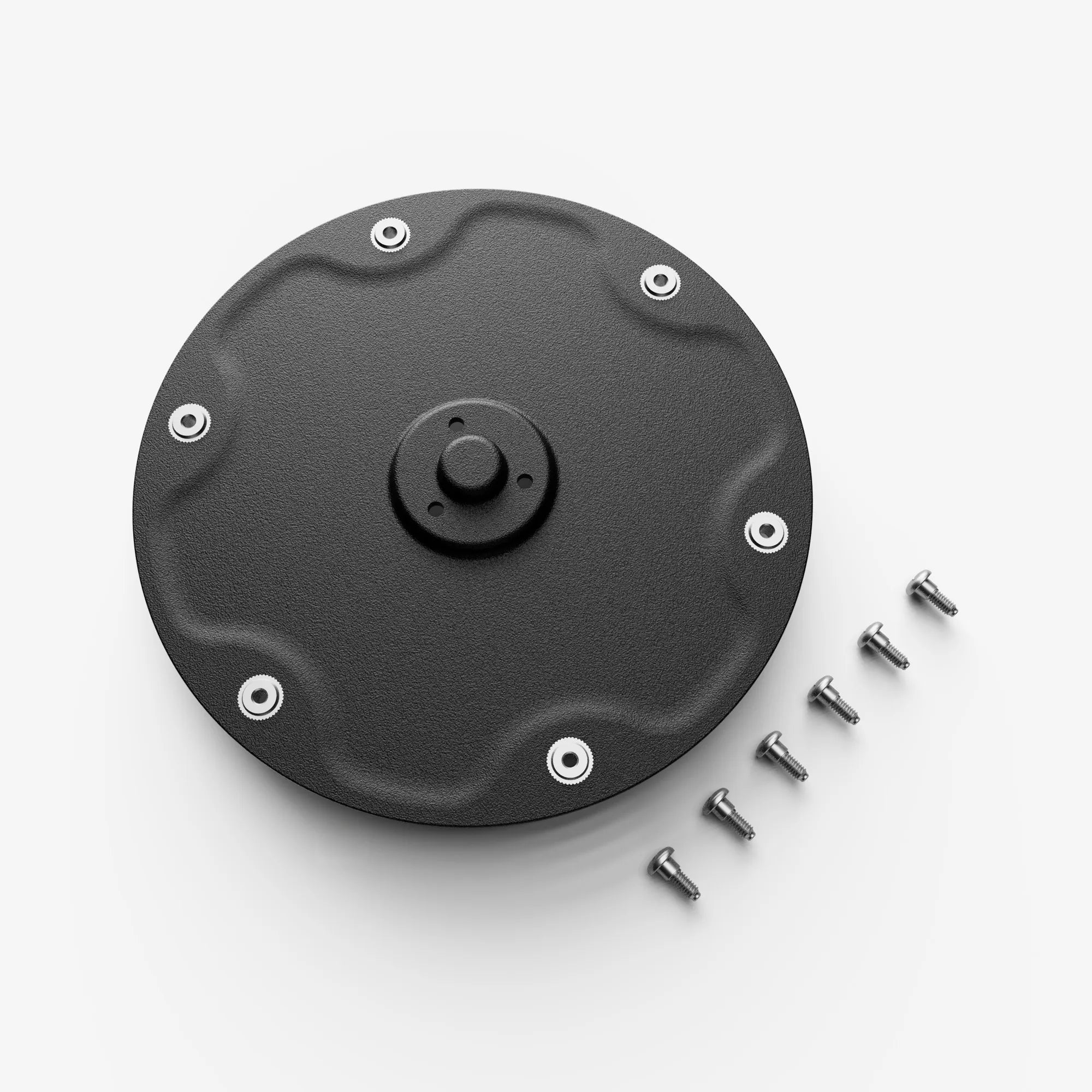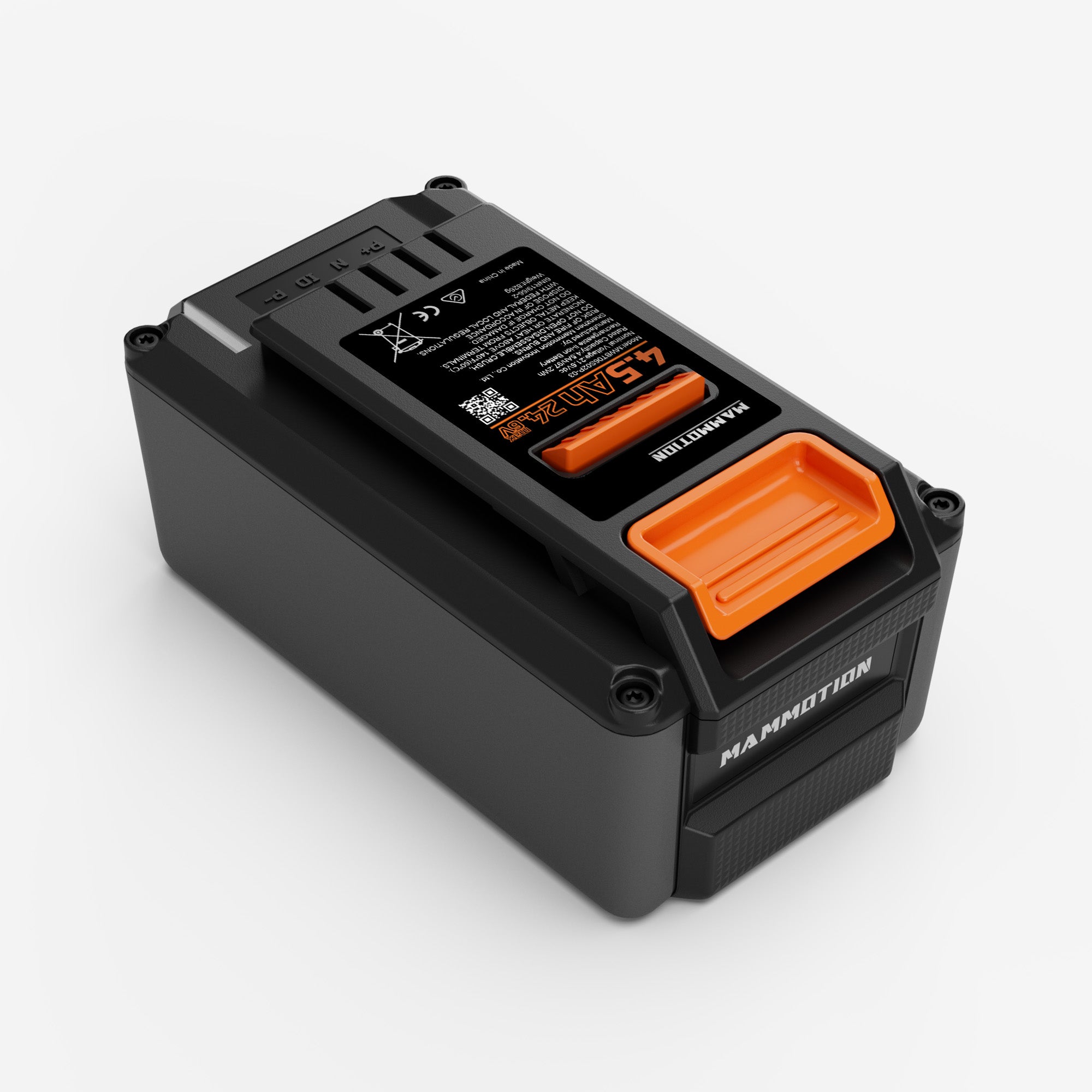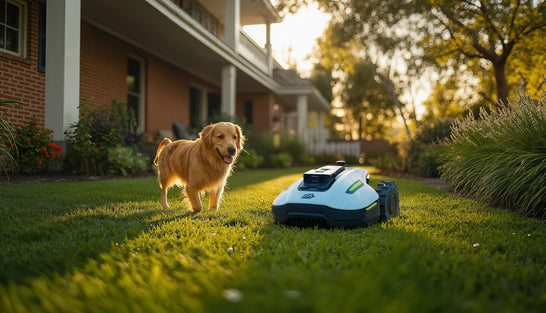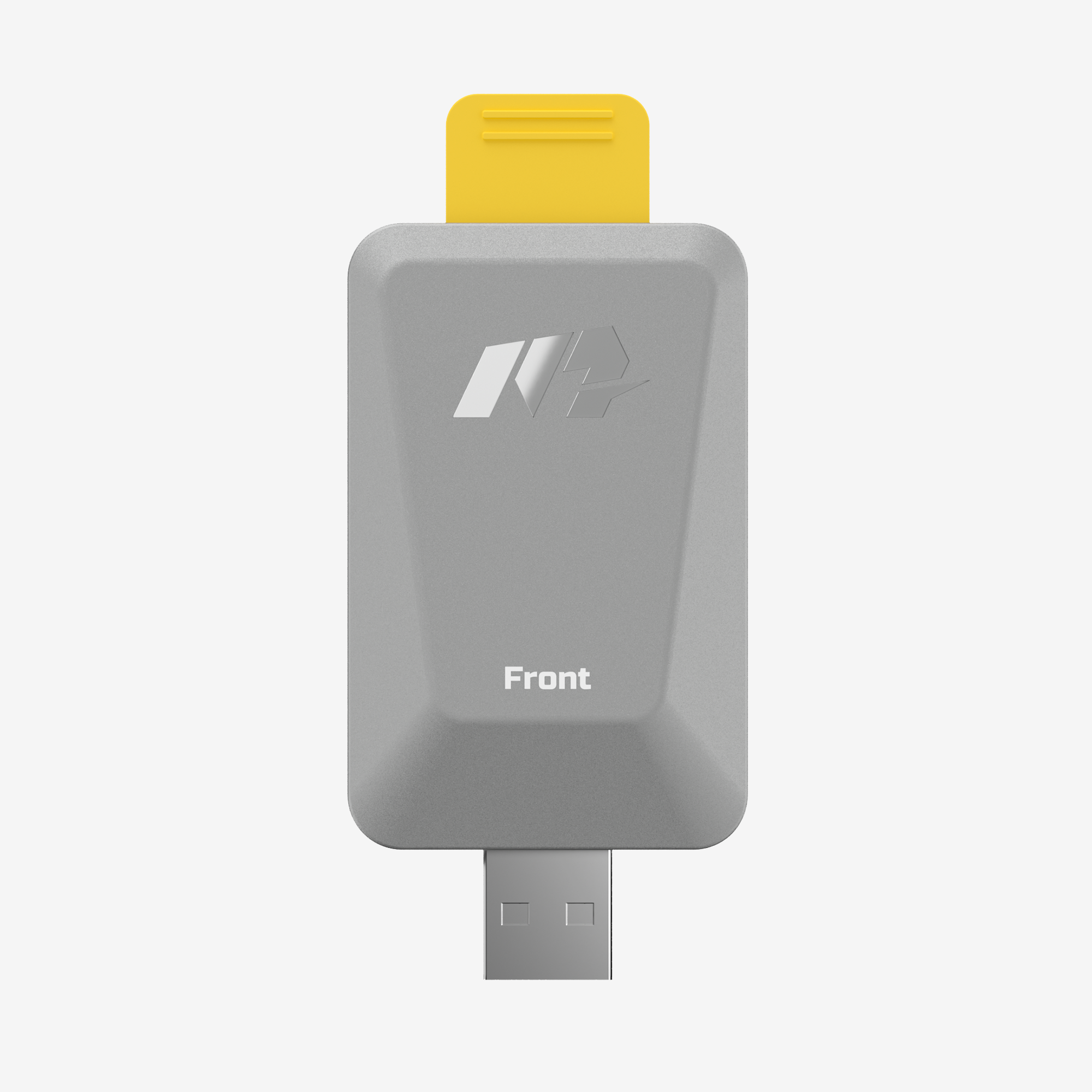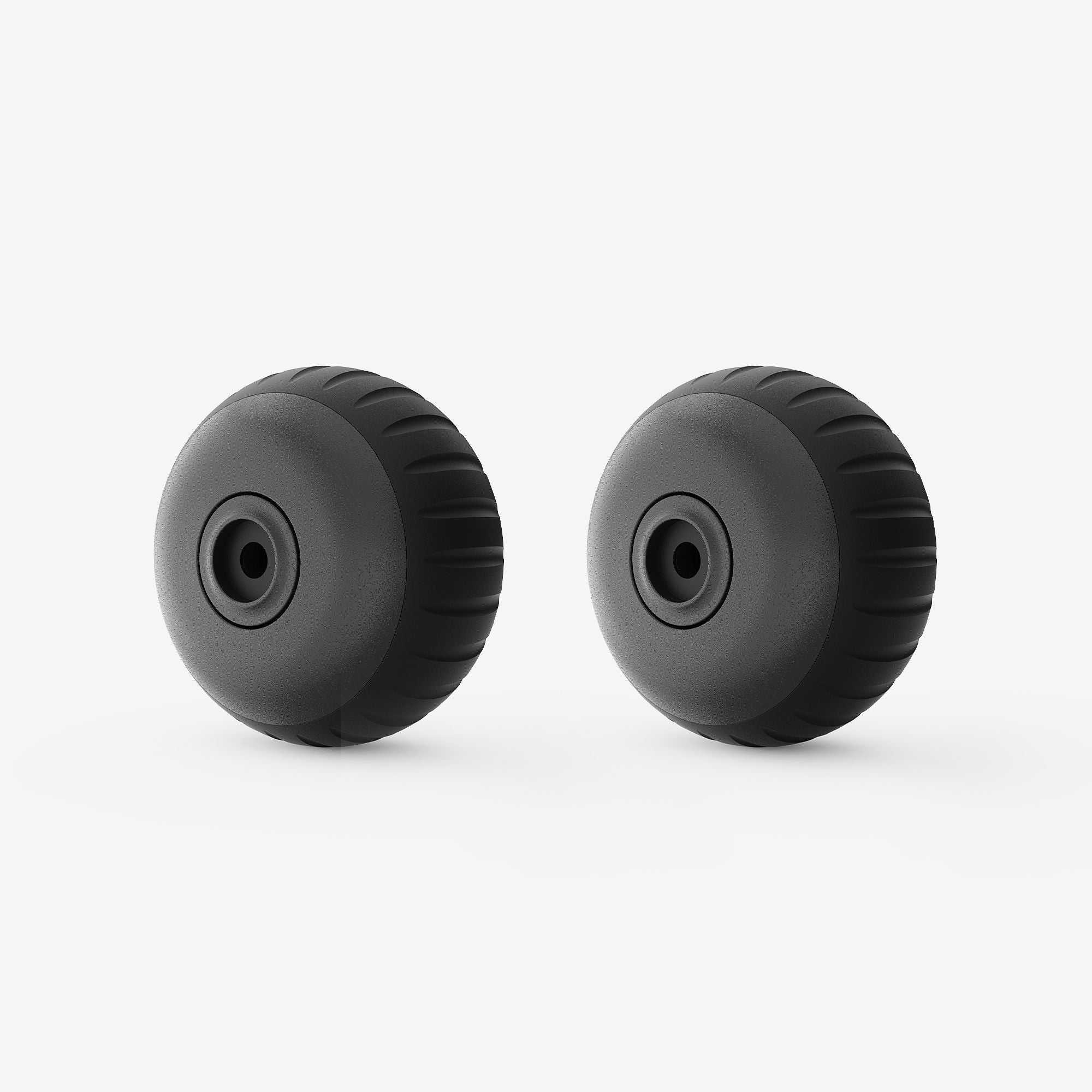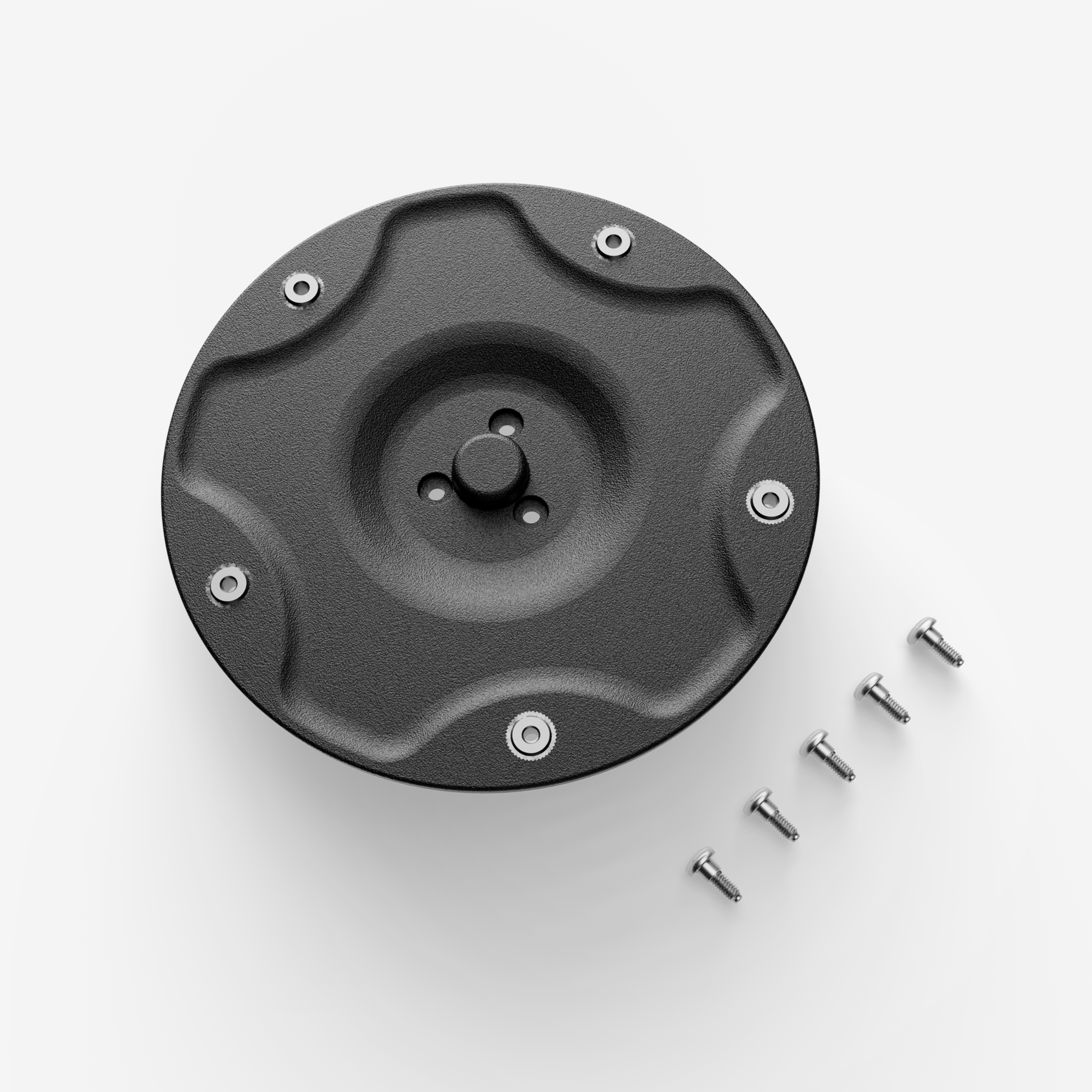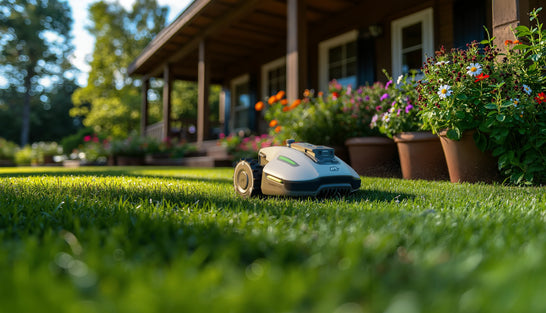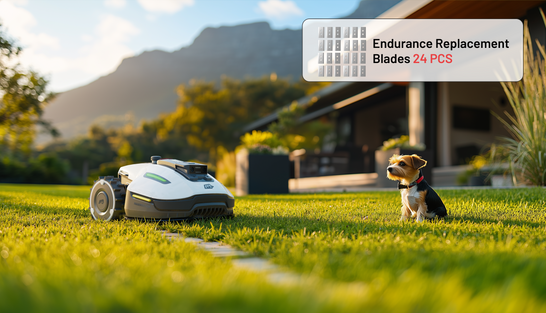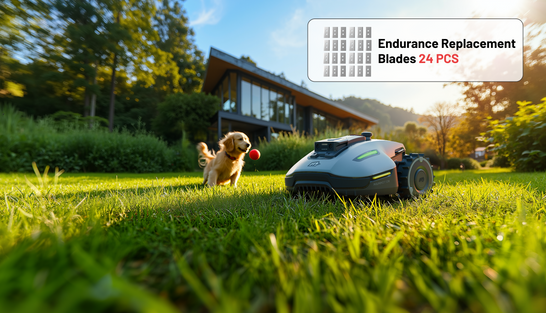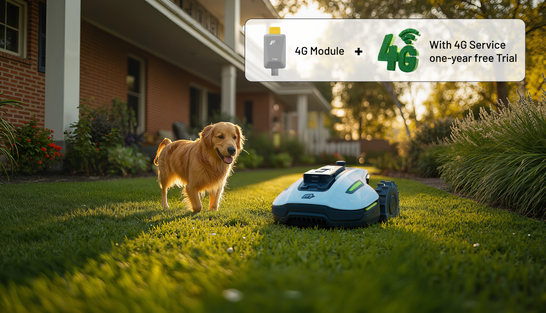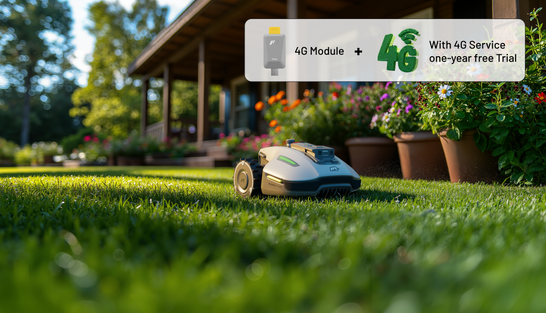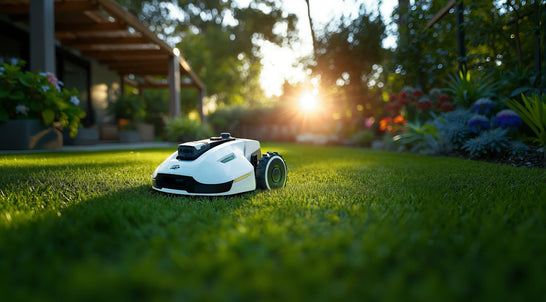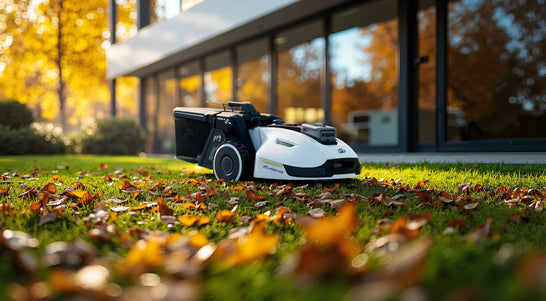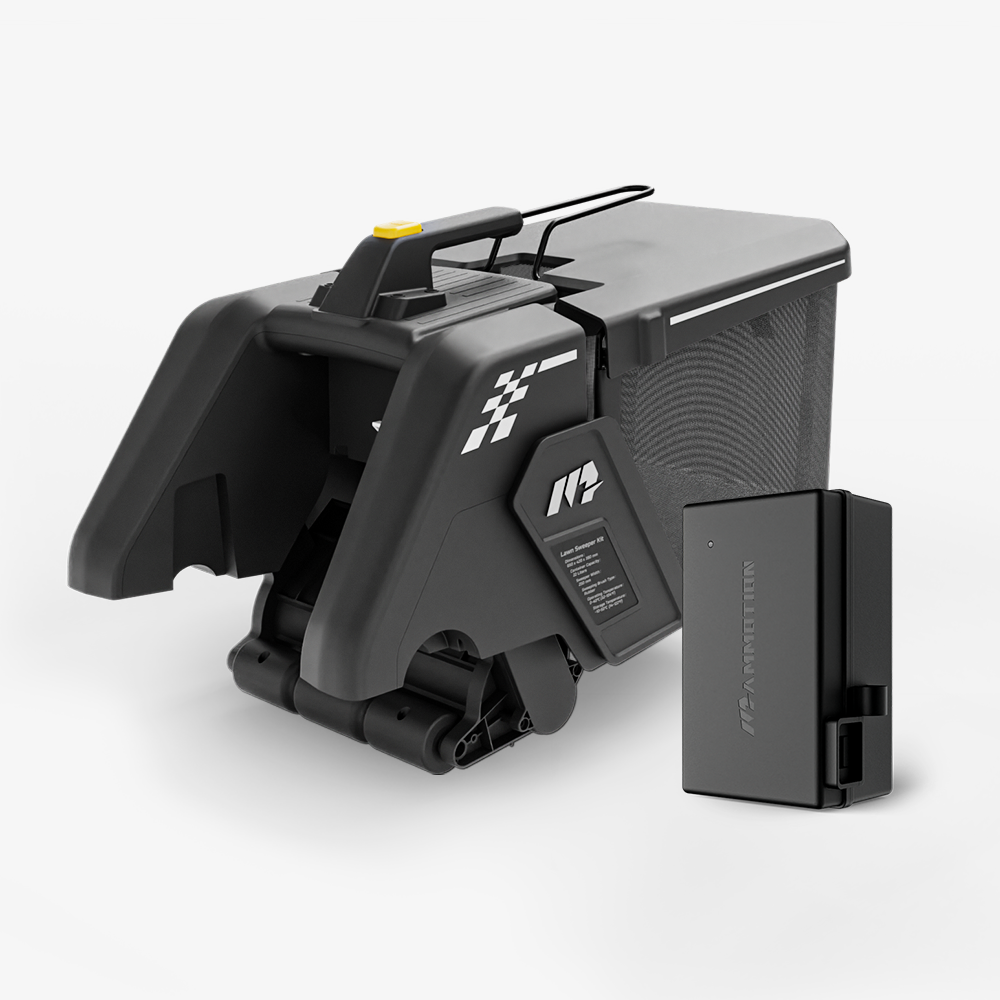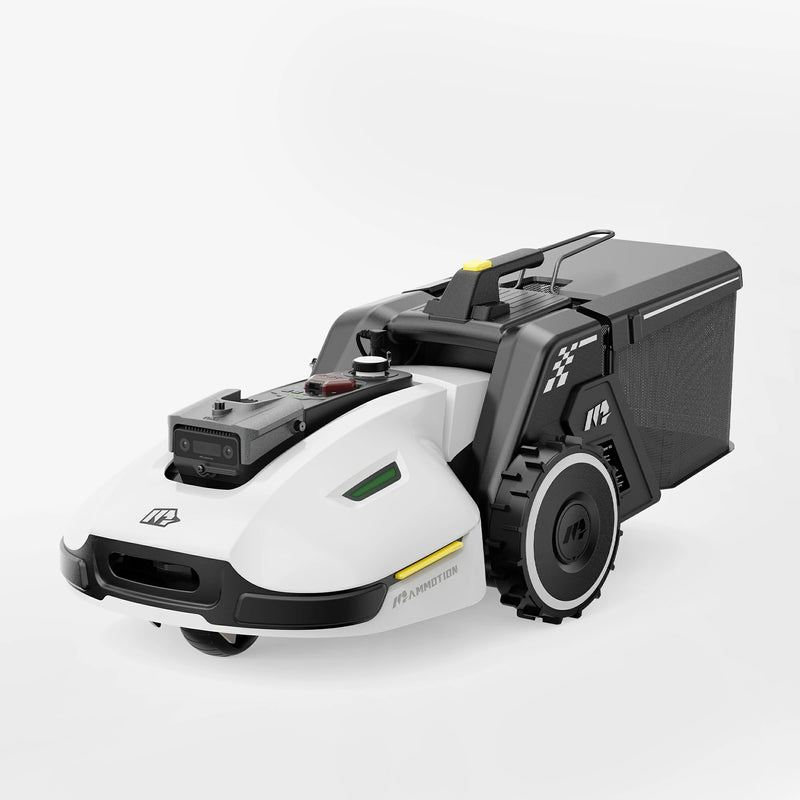1. Introduction: Understanding Lawn Care in Michigan
Michigan’s distinct four-season climate, with its harsh winters and mild spring and fall, presents both opportunities and challenges for lawn care. The long winter snow cover offers protection to lawns, shielding the grass roots from the cold, while also creating the conditions for dead grass and thatch build-up as the snow melts. As spring arrives, this dead grass can hinder the healthy growth of new grass, making proper lawn care crucial for a thriving green space.
One common question among Michigan homeowners is: "Can Lawn Mower Remove Dead Grass in Michigan?" This question arises particularly after the snow melts, when many are left dealing with thick layers of dead grass, often referred to as thatch, that can block sunlight and water from reaching the soil. In Michigan's moist spring and fall seasons, dead grass removal can be even more difficult, as the ground is often damp, and the grass is matted down.
In the quest for a healthy, beautiful lawn, it is important to understand the role of different tools, especially lawn mowers, in removing dead grass. While lawn mowers can trim the top layer and collect some of the dead grass, they often lack the power to tackle thicker thatch layers, which can build up over time. For optimal lawn health, it may be necessary to combine mowing with other tools such as dethatchers, manual rakes, and seasonal lawn care practices.
This article will explore whether a lawn mower can truly remove dead grass in Michigan’s unique climate, and it will also highlight the best practices and additional tools that can enhance lawn care, ensuring your yard remains healthy and vibrant throughout the seasons.
Understanding Dead Grass and Its Impact
Dead grass, or thatch, refers to the layer of organic material that accumulates on the soil surface as grass blades, roots, and stems die off and decompose. While a small amount of thatch is normal and can even be beneficial by acting as a natural mulch, excessive layers of dead grass can hinder the overall health of your lawn. This is particularly true in Michigan, where the mix of cold winters and wet springs can lead to thick thatch build-up.
What Causes Dead Grass?
In Michigan’s climate, several factors contribute to the development of dead grass:
- Winter Dormancy: Grass naturally enters a dormant state during the cold Michigan winters. The lack of active growth causes the grass to die off and form a layer of dead plant material as the new growing season approaches.
- Overwatering: Excessive watering, particularly in the spring and fall, can lead to grass roots becoming waterlogged, which stresses the grass and promotes the growth of dead patches.
- Poor Lawn Maintenance: Mowing too short, not aerating the lawn regularly, or failing to properly fertilize the grass can contribute to the accumulation of dead grass over time.
- Pest Damage: Insects like grubs or fungal diseases can cause patches of grass to die, adding to the thatch problem.
The Impact of Dead Grass on Your Lawn
While dead grass is a natural part of the lawn’s growth cycle, when it builds up too much, it can prevent healthy grass from growing. Some of the key impacts of excessive dead grass include:
- Impaired Water and Nutrient Flow: Thick layers of thatch act as a barrier, preventing water, air, and essential nutrients from reaching the soil and roots. This limits the ability of new grass to grow, leading to weak, patchy areas.
- Increased Risk of Disease: Dead grass can create a damp environment that encourages the growth of harmful fungi and pests, which further damage the lawn.
- Reduced Grass Vitality: A lawn with too much dead grass can struggle to green up in the spring, as the new grass has difficulty breaking through the thatch layer.
In Michigan, this issue is particularly important due to the state’s high moisture levels in spring and fall, which can create ideal conditions for thatch build-up. Understanding the role of dead grass and its effects on lawn health is the first step toward determining the best ways to manage it and ensure your lawn thrives.
Lawn Mowers and Their Role in Thatch Management
Believe most homeowners want to know: Can Lawn Mower Remove Dead Grass in Michigan? Actually, lawn mowers are a staple tool for maintaining the appearance of a lawn, but they may not always be the most effective solution for managing thatch, particularly dead grass. While they are excellent for cutting grass to an appropriate length, their primary function is not designed for thatch removal or deep soil penetration. However, in certain circumstances, a lawn mower can assist with the management of lighter dead grass layers, especially when paired with additional tools and attachments.
Lawn Mower's Primary Function
A standard lawn mower primarily trims grass at an even height to create a uniform lawn appearance. When it comes to dead grass, the mower helps by cutting through the upper layer, especially when grass blades begin to dry out and accumulate on the surface. The mower also collects some of this debris, particularly if it’s equipped with a grass catcher or collection bag.
Limitations of Using a Lawn Mower for Dead Grass Removal
While lawn mowers can remove some surface-level dead grass, they have significant limitations when it comes to dealing with thicker thatch layers. Here are some reasons why:
Limited Depth Penetration: Lawn mowers are designed to cut grass at the surface level. They do not have the power or ability to penetrate deeper into thicker thatch layers to break them apart. For lawns with a substantial thatch build-up, a mower will not be able to fully remove the excess organic matter.
Thatch Build-Up: In Michigan’s wet spring and fall seasons, thick thatch can build up rapidly, especially in areas that receive a lot of moisture. Mowers are effective for cutting fresh grass but are not designed to tackle these thicker, matted layers of dead grass, which need more specialized tools.
Clumping and Clogging: When trying to mow through a lawn with thick dead grass, mowers can get clogged with debris. This may reduce the mower's efficiency and effectiveness in clearing the lawn surface.
Specialized Attachments for Mowers
To increase a mower’s ability to handle thatch, several attachments can be added to the lawnmower to improve its performance:
- Thatching Attachments: These are special accessories that can be attached to lawn mowers to help lift and break apart layers of thatch. Thatching blades or reels are designed to cut into the thatch layer, loosening dead grass and helping it to be collected more efficiently. While this helps, it may not work as effectively for deeper thatch build-up.
- Grass Catchers: Mowers with grass catchers or bags help collect the grass clippings and dead grass that is cut away. This reduces the amount of dead material left behind on the lawn, making the area look cleaner. You can try the Mammotion YUKA robot lawn mower, which support sweeping and auto-emptying with optional sweeper kit.
When Mowers Work Best for Dead Grass
A lawn mower can be an effective tool for dead grass removal under certain conditions:
- Light Thatch Layers: If the layer of dead grass is relatively thin and doesn’t cover the entire lawn, a mower can be used to remove surface debris efficiently. This is especially true for lawns with light dead grass buildup after a Michigan winter.
- Routine Lawn Maintenance: During regular lawn care, using the mower to remove any leftover dead grass from mowing can help maintain the lawn’s aesthetics and prevent further thatch accumulation.
In Michigan, where the weather conditions can cause rapid changes in lawn growth, lawn mowers play a role in keeping the lawn clean but are often not enough to address larger thatch problems. In these cases, supplementary tools like dethatchers will be necessary for a comprehensive approach to managing dead grass.
Best Practices for Removing Dead Grass
Managing dead grass in your lawn is a crucial step toward maintaining a healthy and vibrant outdoor space, especially in Michigan’s climate. Whether you’re dealing with dead grass after a harsh winter or excess thatch in the spring or fall, using the right techniques and tools can significantly improve your lawn's health and appearance. Here, we'll explore the best practices for removing dead grass effectively, from preparation to execution.
Preparation Steps
Before diving into the actual process of removing dead grass, it's important to properly prepare the area and gather the necessary tools. A well-thought-out approach ensures you are equipped to handle the task efficiently and effectively.
1. Assess the Area
The first step is to evaluate the condition of your lawn. Look for patches with noticeable dead grass or thick layers of thatch. In Michigan, this is especially common after a snowy winter, as snow mold and cold temperatures may have killed off sections of the lawn. Assessing the overall health of the lawn will help you determine the extent of dead grass and if it’s necessary to use more specialized tools like dethatchers.
2. Gather Tools
The right tools are essential for a successful dead grass removal process. Some of the tools you may need include:
- Lawn Mower: For light thatch and dead grass removal from the surface layer.
- Dethatcher: A specialized tool designed to break up compacted thatch and loosen dead grass layers that a mower alone can't handle.
- Rake: A sturdy rake can be useful for collecting dead grass and removing debris once it’s loosened from the soil.
3. Choose the Right Time
The timing of your lawn care plays a crucial role in its effectiveness. In Michigan, the best time to tackle dead grass removal is either:
- Early Spring: After the snow has melted, the grass begins to thaw, and the soil is not overly saturated, making it easier to remove dead grass without damaging the healthy grass underneath.
- Early Fall: As the lawn prepares for winter, removing dead grass and thatch in fall can help improve air circulation and promote healthier growth the following spring.
Effective Techniques for Dead Grass Removal
Once the area is prepared and you have the right tools, it’s time to begin the process. Here are the most effective techniques to remove dead grass from your lawn:
1. Using a Lawn Mower for Light Thatch and Dead Grass
A lawn mower can be used to remove light layers of dead grass, particularly after the snow melts in spring. For better results, use a mower with a grass catcher to collect the cuttings. Mowing over the lawn in several passes may help lift and collect the dead grass. However, keep in mind that mowers are generally not effective for thicker thatch layers.
2. Dethatching for Thicker Layers of Dead Grass
If the dead grass has formed a thicker layer of thatch, using a dethatcher or power rake is essential. These tools are designed to cut into the thatch and break it up, allowing better air, water, and nutrients to reach the soil. A dethatcher works by using rotating blades or tines to pull up the thatch, which can then be collected or left to break down into the soil. In Michigan, where the climate can cause rapid thatch buildup due to moisture, dethatching at the right time can improve lawn health significantly.
3. Raking and Collecting Debris
After using a mower or dethatcher, you may have leftover debris. Use a sturdy rake to gather the dead grass and organic material. Raking is also a great option for areas with lighter thatch or for areas that don’t require dethatching. By manually raking the area, you can ensure that all the dead grass is removed, and the lawn is clear of excess organic material. Be sure to rake in multiple directions to cover all areas effectively.
4. Composting Dead Grass
Instead of disposing of the dead grass, you can compost it to create nutrient-rich organic material for your lawn. Pile up the dead grass and mix it with other organic matter like leaves and kitchen scraps. Over time, this will break down into compost that can be used to improve the soil in your yard. Composting is an eco-friendly way to recycle the dead grass and nourish your lawn for future growth.
Follow-Up Care After Removing Dead Grass
Once you have removed the dead grass, follow up with some additional care to ensure that the lawn recovers and thrives:
- Overseeding: If large patches of your lawn were affected by dead grass, overseeding is a great way to encourage new growth. Spread grass seed over the bare patches, ensuring good seed-to-soil contact for optimal germination.
- Aeration: After dethatching, consider aerating your lawn. This helps to relieve compaction, promote root growth, and allow better absorption of water and nutrients.
- Fertilizing: A balanced lawn fertilizer can help replenish nutrients lost in the removal process and support healthy growth in the coming months.
Alternative Tools and Methods
While lawn mowers and dethatchers are effective for removing dead grass, there are other tools and methods that can help improve the overall health of your lawn. These alternatives can complement the use of mowers or dethatchers, especially when it comes to addressing thicker thatch, compacted soil, or improving overall lawn vitality. Let’s explore some of the best alternative tools and techniques for lawn care in Michigan.
Natural Methods for Lawn Care
Michigan’s climate presents unique challenges for lawn care, with its long winters and fluctuating temperatures. Embracing organic, natural methods for lawn care can help create a more resilient lawn while reducing the need for heavy-duty machinery. Here are some natural techniques that can help with dead grass removal and lawn revitalization:
1. Overseeding
Overseeding is one of the most effective ways to rejuvenate your lawn, especially after winter damage or dead grass accumulation. By spreading grass seed over the existing turf, you can fill in bare patches and create a denser, healthier lawn. Overseeding is best done in the early fall or spring, when soil temperatures are optimal for seed germination. In Michigan, where cool-season grasses dominate, overseeding helps maintain a lush lawn that thrives in the cooler temperatures.
2. Composting
Instead of discarding the dead grass, consider creating a compost pile. Composting dead grass, leaves, and other organic matter provides a valuable source of nutrients for your soil. The decomposition process turns these materials into rich, organic matter that can be used to fertilize your lawn. This not only reduces waste but also improves soil structure, promotes better drainage, and helps your lawn retain moisture. By using compost, you can address dead grass in an eco-friendly manner while enhancing the health of your lawn over time.
3. Soil Aeration
Aerating your lawn is a key practice for promoting healthier grass and improving the overall soil structure. Over time, soil can become compacted, especially in areas with high foot traffic or clay-heavy soils. Aerating creates small holes in the soil, allowing water, air, and nutrients to penetrate deeper, encouraging root growth and reducing thatch buildup. Aeration can be done in the spring or fall, depending on when your lawn is actively growing. Combining aeration with dethatching or mowing can provide excellent results, especially in Michigan’s moist, cooler climate.
4. Fertilizing with Organic Materials
Using organic fertilizers, such as compost or natural lawn food, provides nutrients to your grass without relying on synthetic chemicals. These fertilizers help enhance soil quality and promote sustainable lawn growth. Applying a slow-release organic fertilizer in the spring or early fall ensures your lawn gets the nutrients it needs to recover from the winter and prepare for the upcoming season. Fertilizing naturally also promotes stronger root systems and helps prevent the buildup of thatch, which can be a significant issue in Michigan lawns.
Manual Tools for Lawn Care
In addition to natural methods, incorporating manual tools into your lawn care routine can be both effective and cost-efficient. While manual tools might require more effort, they allow for precise control, especially for small areas or delicate tasks. Here’s a look at some common manual tools that can be used to handle dead grass and lawn maintenance:
1. Rake
A simple rake is one of the most effective manual tools for clearing light dead grass, leaves, and debris from the surface of your lawn. Raking helps improve airflow and allows sunlight to reach the grass blades, which is essential for healthy growth. For lawns with lighter thatch or for smaller areas, raking can be just as effective as using a mower, especially if you’re looking for a more hands-on approach to lawn care. Raking is also ideal for fall when dead grass and leaves tend to accumulate.
2. Dethatching Rake
A dethatching rake is a specialized tool designed specifically to remove thatch from the lawn’s surface. Unlike a regular rake, a dethatching rake has sharp tines that can dig into thicker layers of thatch and dead grass. It’s perfect for areas with moderate to heavy thatch buildup that a regular rake or mower might not handle effectively. Dethatching rakes are an affordable, labor-intensive alternative to power dethatchers, and they give you better control over the areas you want to target.
3. Handheld Grass Clippers or Scythe
For small areas or more delicate tasks, handheld grass clippers or a scythe can be used to manually trim or cut away dead grass. While this method can be time-consuming, it offers precision for those who want to focus on specific spots in their yard. If your lawn has small patches of dead grass that need to be removed by hand, these tools can offer a controlled and efficient way to manage the issue without damaging the surrounding healthy grass.
Comparison Table: Tools and Methods
|
Tool/Method |
Best For |
Pros |
Cons |
|
Lawn Mower |
Light thatch and dead grass removal |
Quick and easy, effective for large areas |
Not suitable for thick thatch layers |
|
Dethatcher |
Thick thatch and dead grass |
Removes thick thatch, improves soil health |
Can be expensive or bulky for small lawns |
|
Manual Rake |
Light debris and dead grass |
Cost-effective, allows precise control |
Labor-intensive, less effective on thick thatch |
|
Dethatching Rake |
Moderate to heavy thatch |
Provides targeted removal of thatch |
Requires physical effort, less efficient than power tools |
|
Composting |
Reducing waste and enriching soil |
Improves soil health, eco-friendly |
Takes time for decomposition, requires space |
|
Overseeding |
Filling in bare spots and promoting growth |
Encourages thicker, healthier grass |
May require additional care to ensure successful germination |
Tailoring Lawn Care to Michigan’s Climate
Michigan’s distinct climate, with its cold winters, warm summers, and temperate springs and falls, requires a tailored approach to lawn care. Proper timing and techniques are crucial to ensure that your lawn remains healthy and vibrant throughout the year.
1. Spring and Fall: The Best Times for Lawn Care
Spring and fall are the ideal seasons for lawn maintenance in Michigan. After the snow melts in spring, the soil is still moist, and temperatures are mild, making it the perfect time to dethatch, mow, and overseed. Fall, especially early fall, provides cool temperatures and adequate moisture, which supports grass recovery and reduces the likelihood of heat stress. These seasons also reduce the risk of stressing your grass compared to the hot, dry summer months.
2. Avoid Wet or Extremely Dry Conditions
It’s important to avoid working on your lawn during periods of excessive moisture or drought. In Michigan, the ground can become soggy during the spring thaw or after heavy rains, making it difficult for lawn equipment to function efficiently and potentially causing damage to the soil. Similarly, working on the lawn during a dry spell can stress the grass, preventing it from recovering properly. Always wait for optimal weather conditions to ensure that your lawn care efforts are effective.
Conclusion: A Balanced Approach to Lawn Care
In conclusion, while lawn mowers can help remove dead grass, they are most effective when combined with other tools and methods. Dethatchers, rakes, and natural practices like overseeding, aeration, and composting provide a well-rounded approach to managing dead grass and promoting healthy growth. In Michigan’s climate, a seasonal strategy—focused on spring and fall maintenance—is essential for the best results. By using the right combination of equipment and techniques, you can create a lush, thriving lawn that will be the envy of the neighborhood year-round. Hope you already have the answer to the question: Can Lawn Mower Remove Dead Grass in Michigan?

